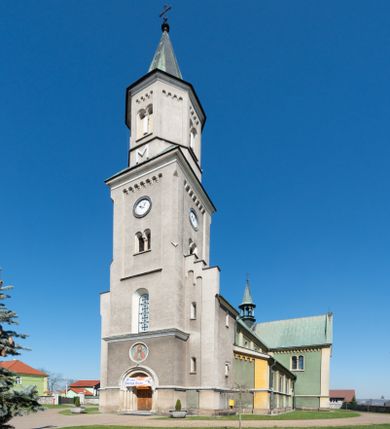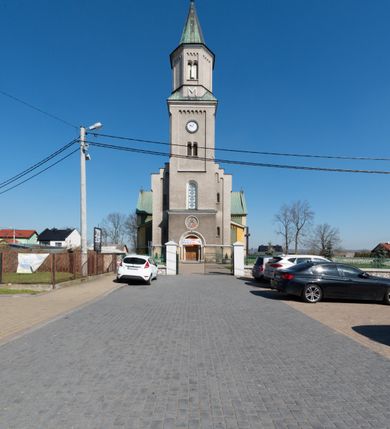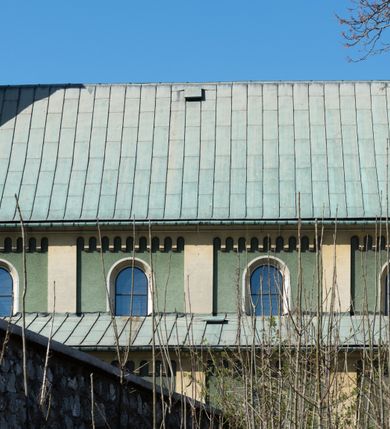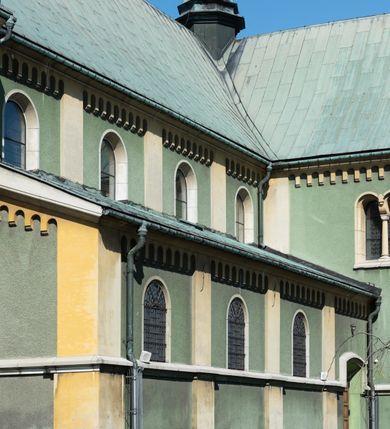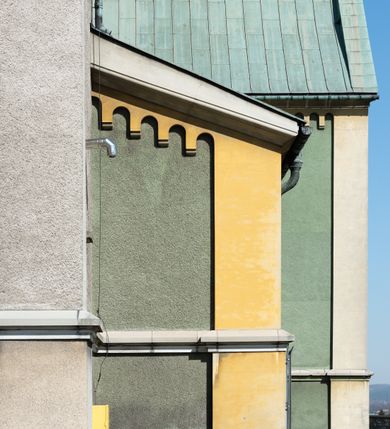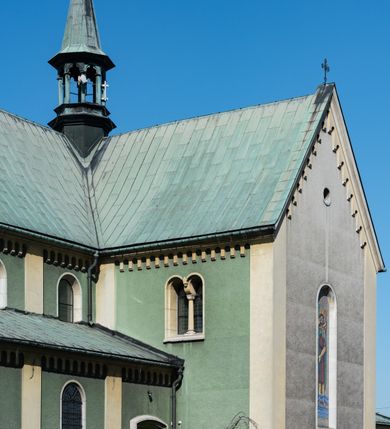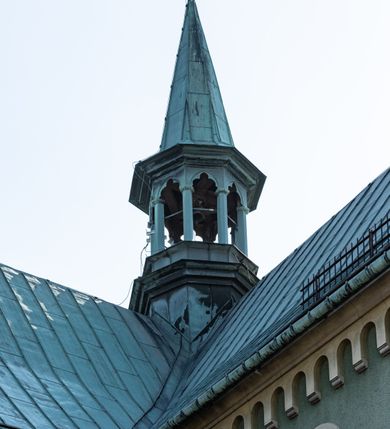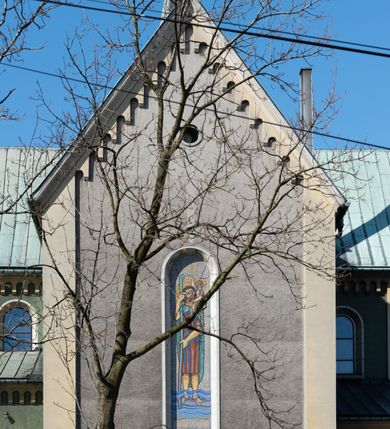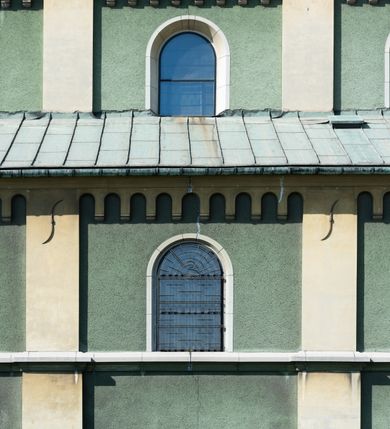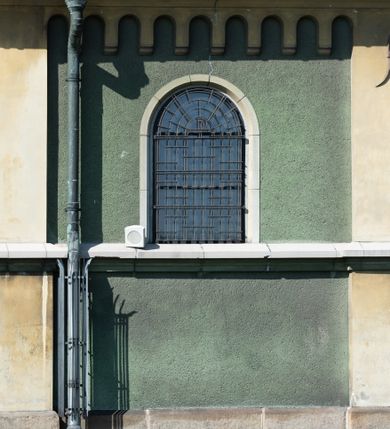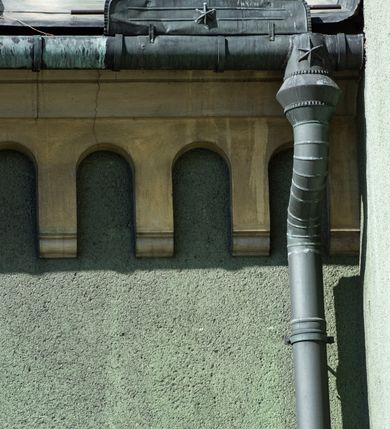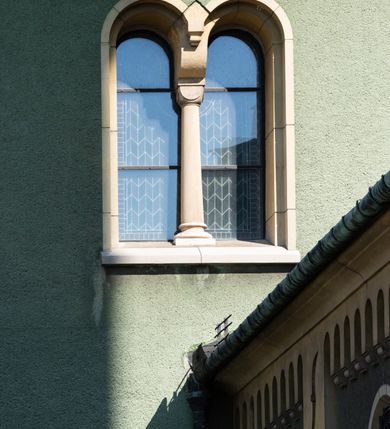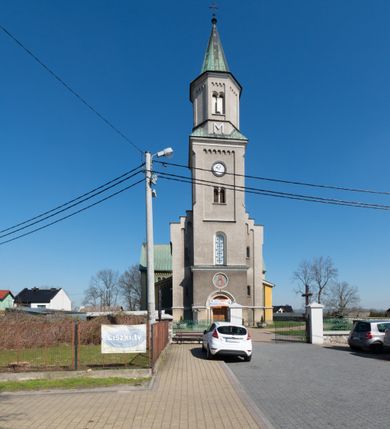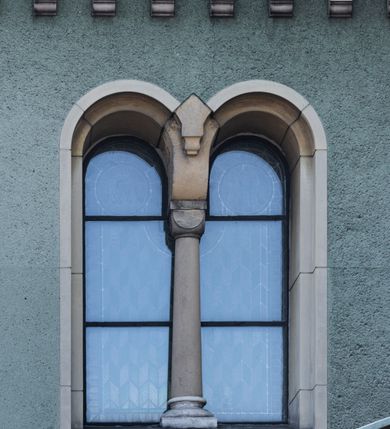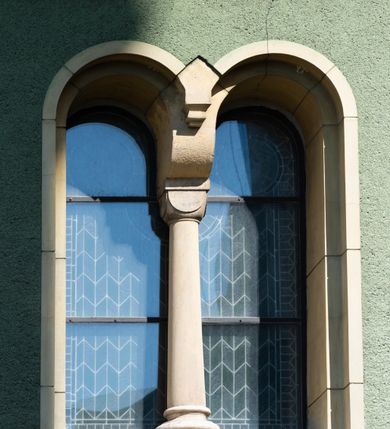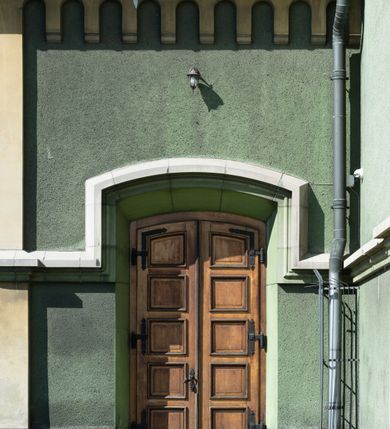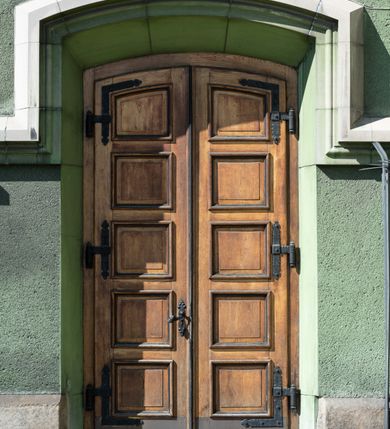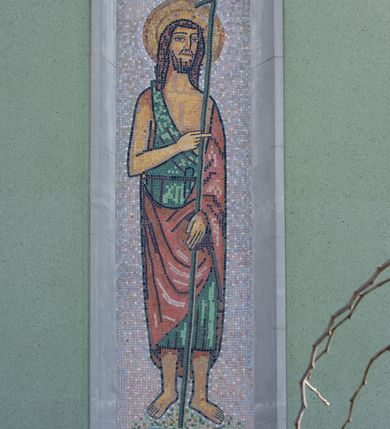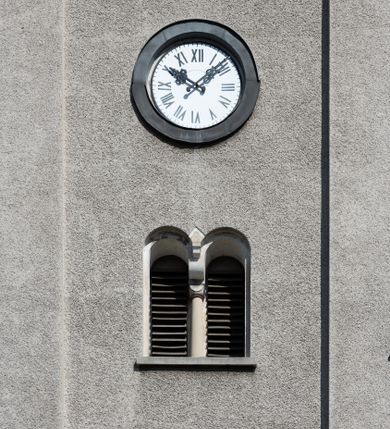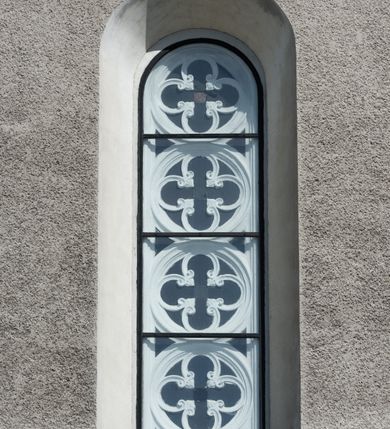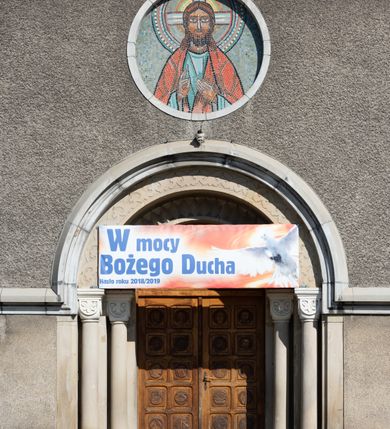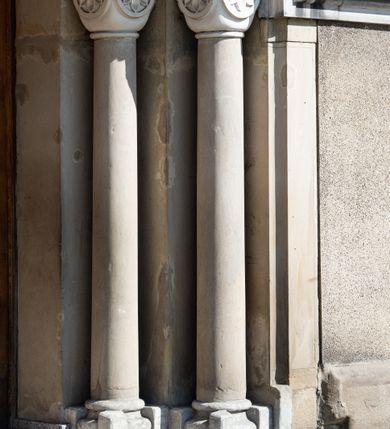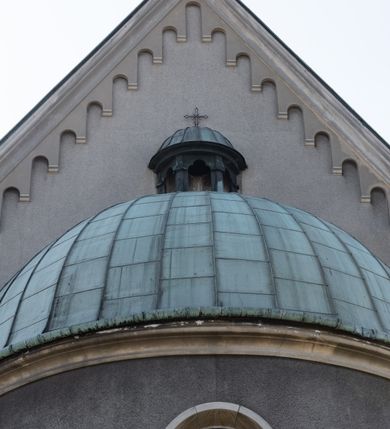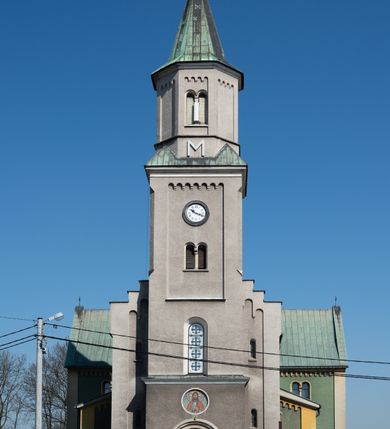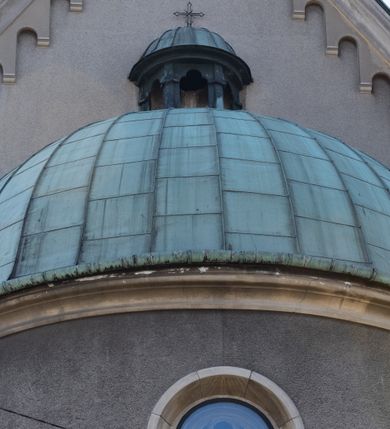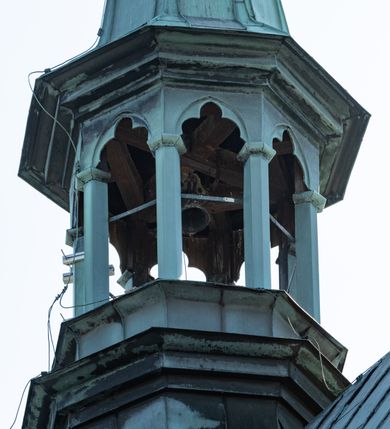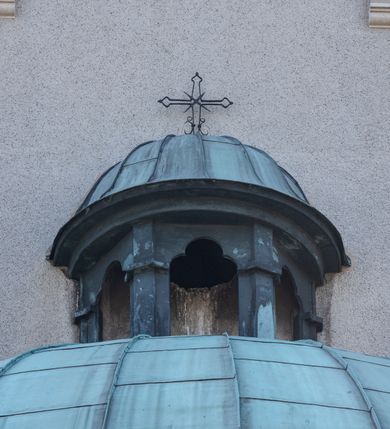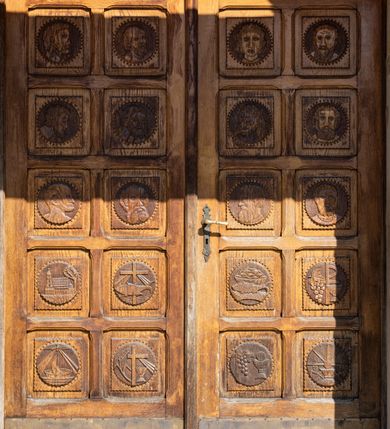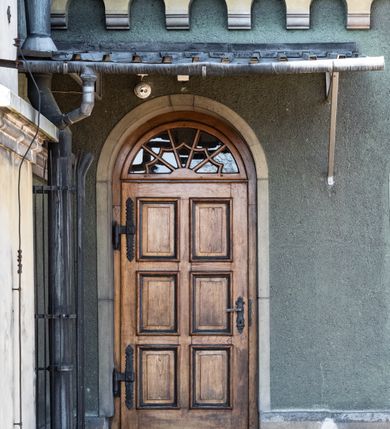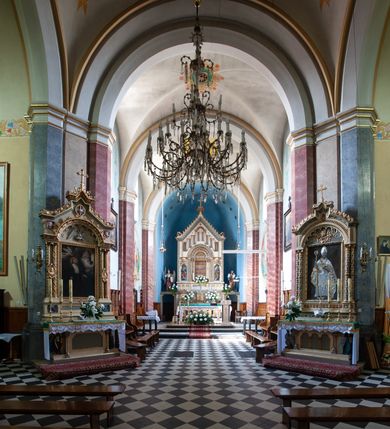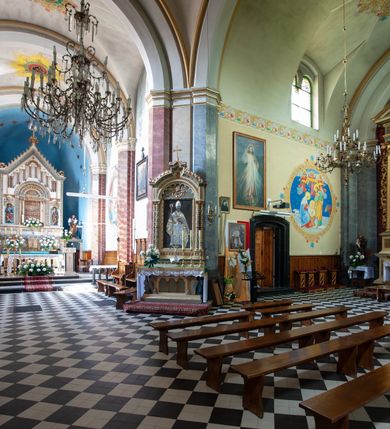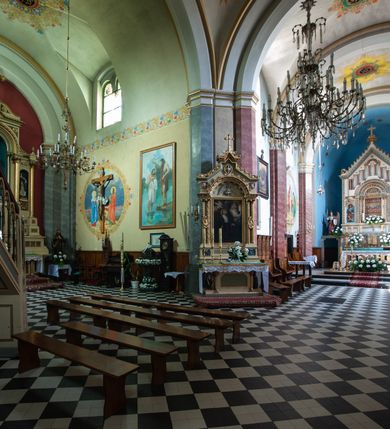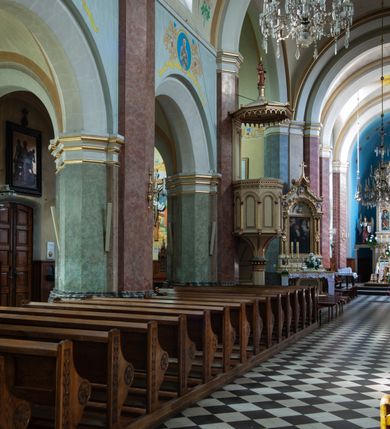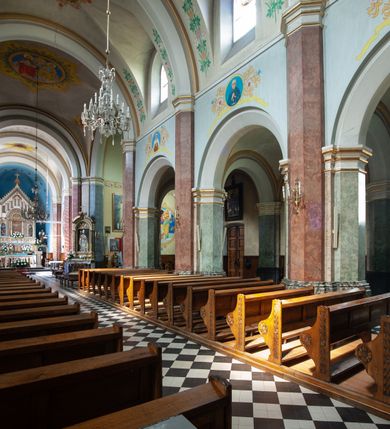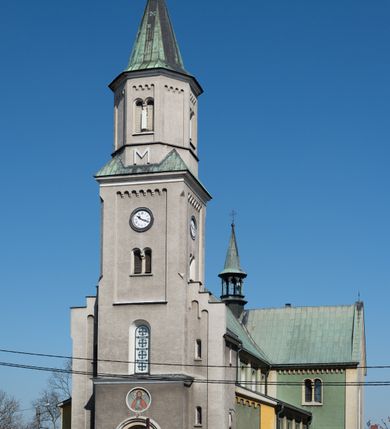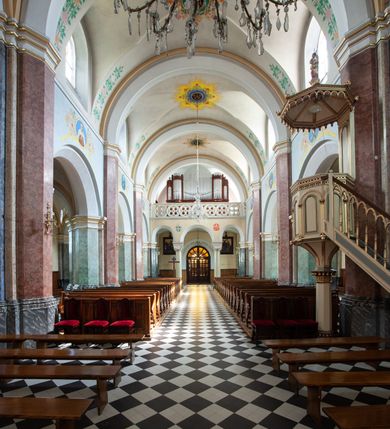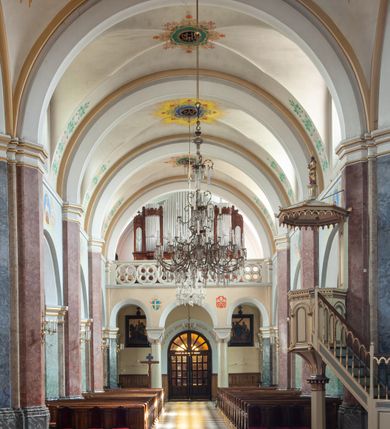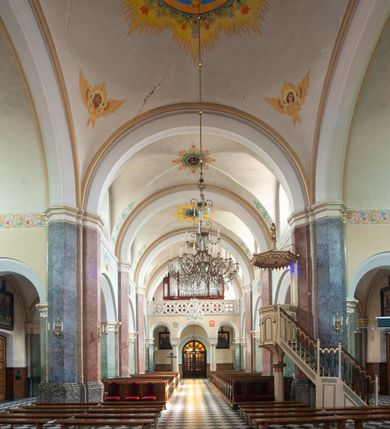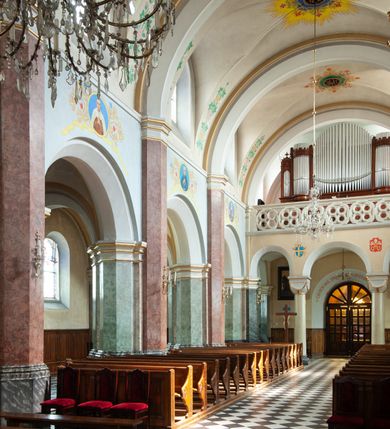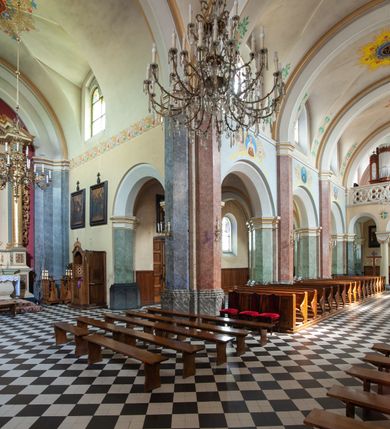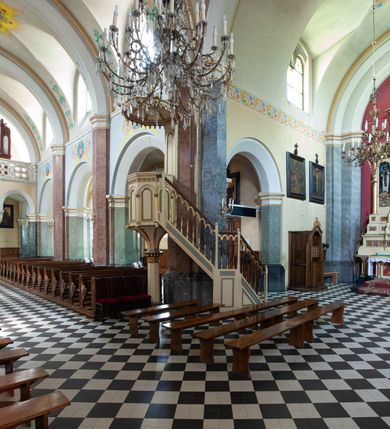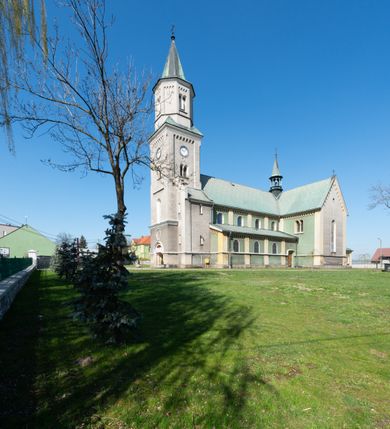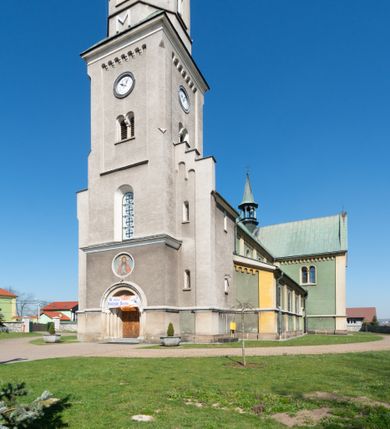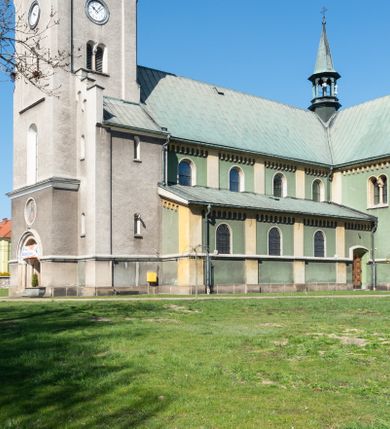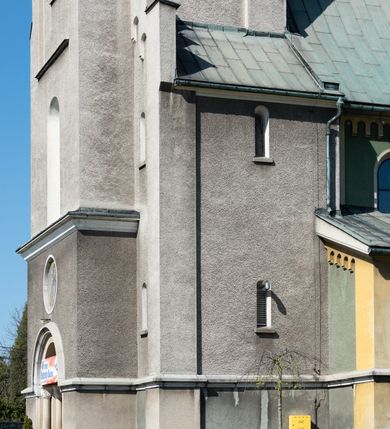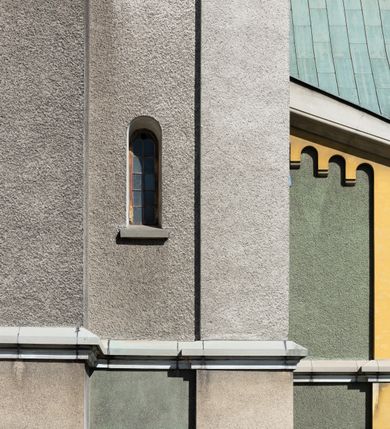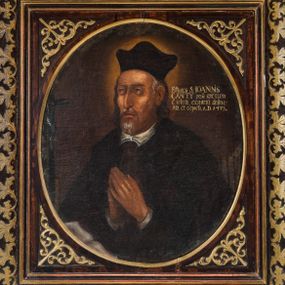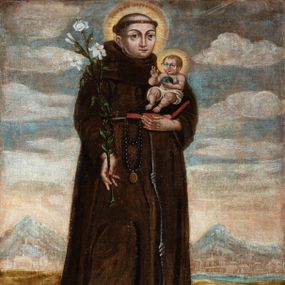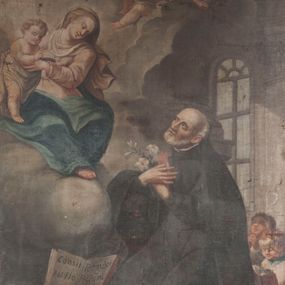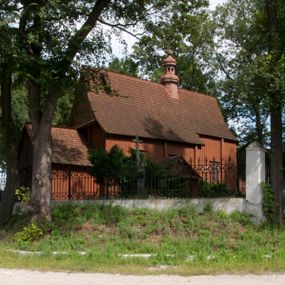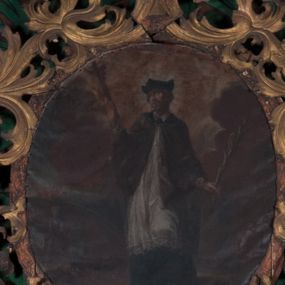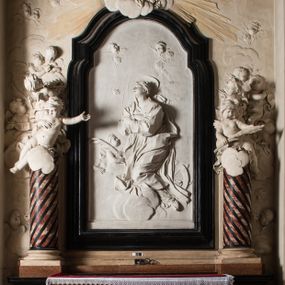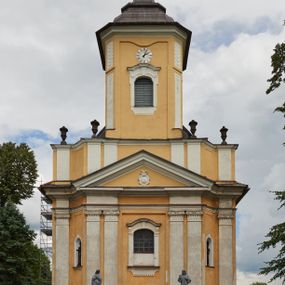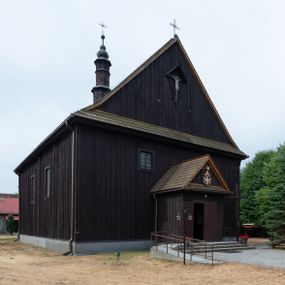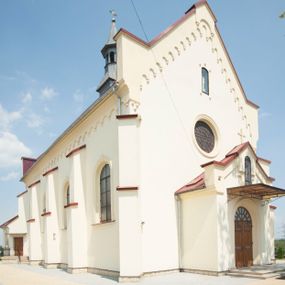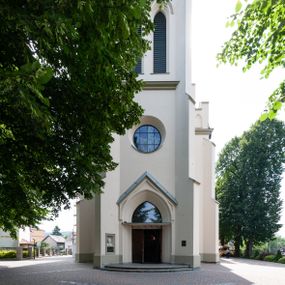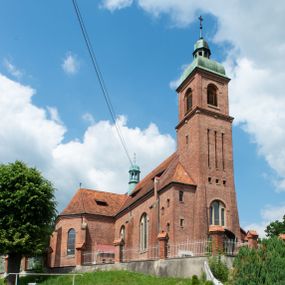
St. Nicholas' Church
Identifier
DZIELO/12532
Catalogue note author
Agata Felczyńska
History of work
As it results from sources, the parish in Liszki had already existed in 1325 and it had 2.000 inhabitants. It was concluded based on the fact that Peter's pence, i.e. a tribute to the pope was payed for that number of people. Długosz mentioned Liszki in the 15 century as a village having a wooden, parish church that belonged to Abbey in Tyniec. „Lyszky, villa habend in se ecclesiam parochialem, Santo Nicolao confessori dicatam ligneam, cuius proprietas ad monasterium Thincziense pertinent”. Jan Węgrzyn postpones the date of the construction of the first temple to the 1280s. Information about the construction of another church dates back to 1447, while the bishop's visitation records of 1585 mention a brick church with a large wooden porch and a woman's gallery, funded by an unknown village leader of Liszki. The wooden elements of the temple had to be replaced by brick ones in 1587 and on 25 September 1589 the temple was consecrated by bishop Jakub Milewski, suffragan of Cracow. During the Swedish Deluge, the temple was plundered, among other things, the organ was destroyed, which is mentioned in the episcopal visitation in 1663 (?). Around 1816, the church was rebuilt and in 1846 it was thoroughly renovated. Another brick church, built of limestone, combined with baked brick, was built in the years 1859 (1863?) - 1873, according to the design of Feliks Księżarski that was changed considerably due to lack of funds (was it changed by an architect from Cracow Kriszewski?). It was consecrated in 1888 by bishop, Cardinal of Cracow Albin Dunajewski. It was described in detail by the parish priest Andrzej Bański in the parish chronicle run by him. He recalls his predecessor, father Lorenzo Oprzędek and two churches, "the old, romanesque church built of baked brick with tower [...] and a new church on a plan of cross, with three naves [...] covered with slate and put into service in 1873. There was only one altar in the old church located in the eastern chapel - the altar of the Most Sacred Heart of Jesus and the provisional high altar made of boards". "To the right of the new church, from the eastern side, there were walls of the old church without roof which had been sold earlier. The material from the walls was used to build a new temple. Intensive investment was made in its furnishings. In 1882, a new baptismal font was set up. One year later, at the expense of the parson, the baptismal altar was built. The elements of the furnishings of the old church were used for that purpose.
In 1883, the Brotherhood of the Holy Rosary - serving at the parish - funded the altar of St. Isidore located in the western part of the transept. It was sculpted by the Cracovian artist - Romuald Łapczyński - together with the statue of Our Lady of the Rosary. The painting of the patron - St. Isidore the Laborer (currently not raised) was painted by Edward Lepszy. Four confessionals were purchased, including two covered ones, and pews to the chancel, made of wood donated by father Bański. Also pine pews were purchased of parishioners' contributions. In 1886 marble banisters were installed in the chancel. One year later, a high altar, designed by Tadeusz Stryjeński was built behind them. In 1887, the painting of the Most Sacred Heart of Jesus was purchased and the pedestal was lined with bricks around the church for the amount of 900 zlotys. On 8 September 1887, the painting of the Virgin Mary Lisiecka was solemnly put into the church after it had been restored and extended by two strips. In addition, the painting of the Christ Crucified, as the second painting for the high altar, as well as the representation of the Most Sacred Heart of Jesus to the altar closing the eastern part of the transept were ordered with Edward Lepszy. The painting of the Most Sacred Heart of Jesus replaced the old one created by a teacher from Piekary. In the year of the consecration of the temple (1888), father Bański purchased a new altar for the painting of St. Nicholas from the old church at his own expense. The image of bishop Mira was also restored. There was a chapel designed for temporary storage of a coffin with a dead body. It was located behind the main altar, from the outside, between two buttresses. There were two large paintings inside this chapel, painted on wood. There was Goliath on the one side and David with an arch and harp on the other side. In 1894, Franciszek Mitzke completed the interior polychrome. A wooden bell tower with three bells that were taken in 1915 - during World War I - was situated on the southern side, nearby the church. In 1928-1929, a company owned by Zajdzikowski made stained glass windows - these in the main nave were symbolic in nature and those in the side naves included the images of saints. In 1930, four more stained glass windows were designed by a painter Gloger and created by the company owned by S. G. Żeleński from Cracow. In the following year, the external elevation of the church was repaired. In 1936, a new organ was purchased in the Warsaw company A. Homan St. Jezierski. In 1945, the roof was repaired, as well as the stained glass windows and ridge turret in the subsequent year. In 1947, the church was electrified, in 1953 the central heating and sound system were installed, and a new polychrome was made shortly afterwards. In 1961-1962, the Way of the Cross was restored and pews were purchased. Two years later, the pillars were covered and the chancel's polychrome was made, placing the scenes related to the life of the patron saints - St. Nicholas and St. John Cantius. In 1977, a new postconciliar altar was made. In 1986, the interior was decorated with a new polychrome.
Abstract
The church in its present form - made from the limestone combined with baked brick - was completed in 1873 and consecrated in 1888. Its project, that was subject to changes, was made by an architect from Cracow, Felix Księżarski, and the materials applied had been acquired from the dismantling of an old temple. The architecture of the church is in the style of Neo-Gothic and Neo-Romanesque. The most valuable relics, stored inside the temple, are the restored 18th-century paintings of the Virgin Mary Lisiecka (along with the 17th-century robe) in the high altar and of St. Nicholas in the side one. The entire high altar, designed by Tadeusz Stryjeński, is worth noting and the side one of the Most sacred Heart of Jesus, which as the only one was transferred from the old church. Several paintings from the old church were turned into procession float.
Other works from this place
Other works from this year
Similar works
How to cite?
Agata Felczyńska , "St. Nicholas' Church", [in:] "The Sacred Lesser Poland Heritage", 2026, source: https://sdm.upjp2.edu.pl/en/works/st-nicholas-church-1
